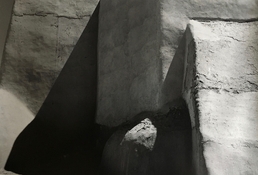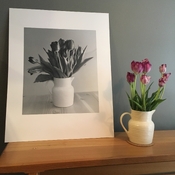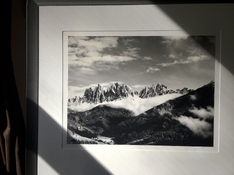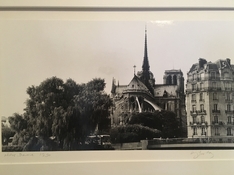I think an educated discussion could differentiate between lighting conditions and the inherent characteristics of different films....
There are a lot of red herrings though, so things tend to get very muddled and/or needlessly complicated.
A few minutes of basic sensitometry and a look at the characteristic curves of the films is plenty to prove that while there are some subtleties with respect to the densities of extreme highlight exposures, all current general purpose medium and high speed films easily reproduce 10+ stops when developed to a normal gradient, and at least in the case of Kodak, Harman, (Fuji) this is at the stated ISO speed (after all, emulsion speed includes a contrast parameter). They just aren't high contrast films by definition.
Unfortunately people sometimes take the position that an online review or video inherently has more "real world" utility than the manufacturer's documentation. Actually while we're at it there are also cases of manufacturer marketing blurbs potentially causing confusion, which is not great either. The Pan F thing you pointed out upthread is an example. Maybe relative to say FP4/FP5 Pan F can kind of be considered higher contrast since it has a narrower exposure range, but it's still wide enough that calling it "high contrast" is pretty silly. I don't think the Pan F document describes it in that way.













